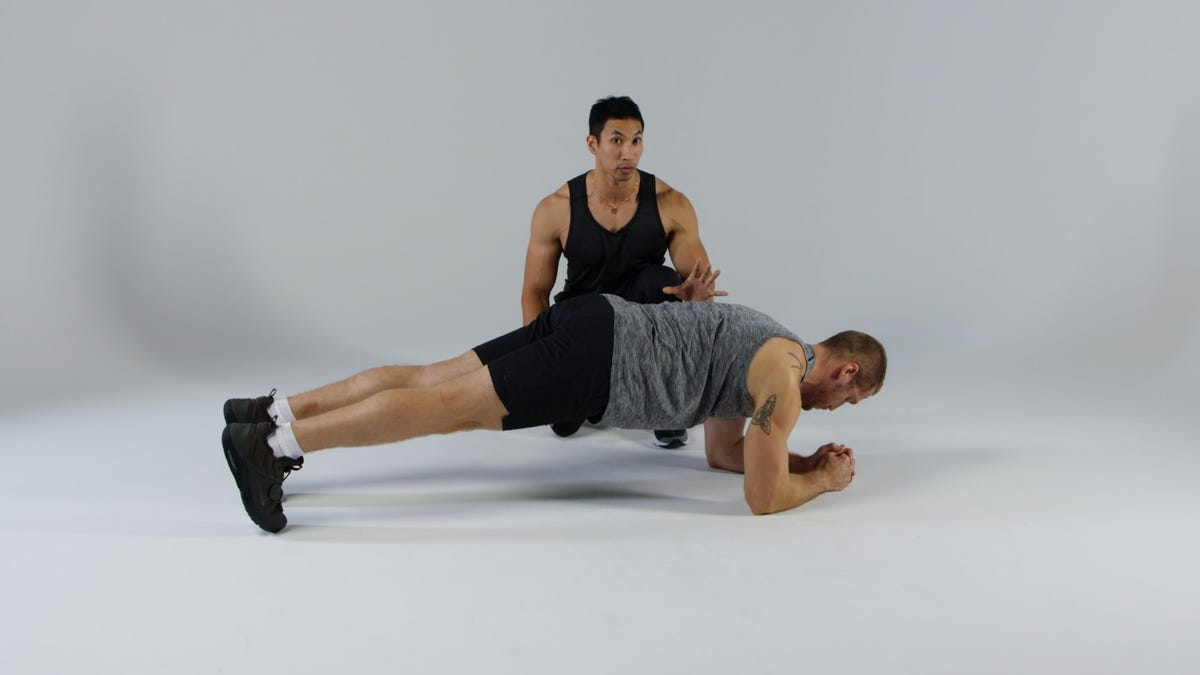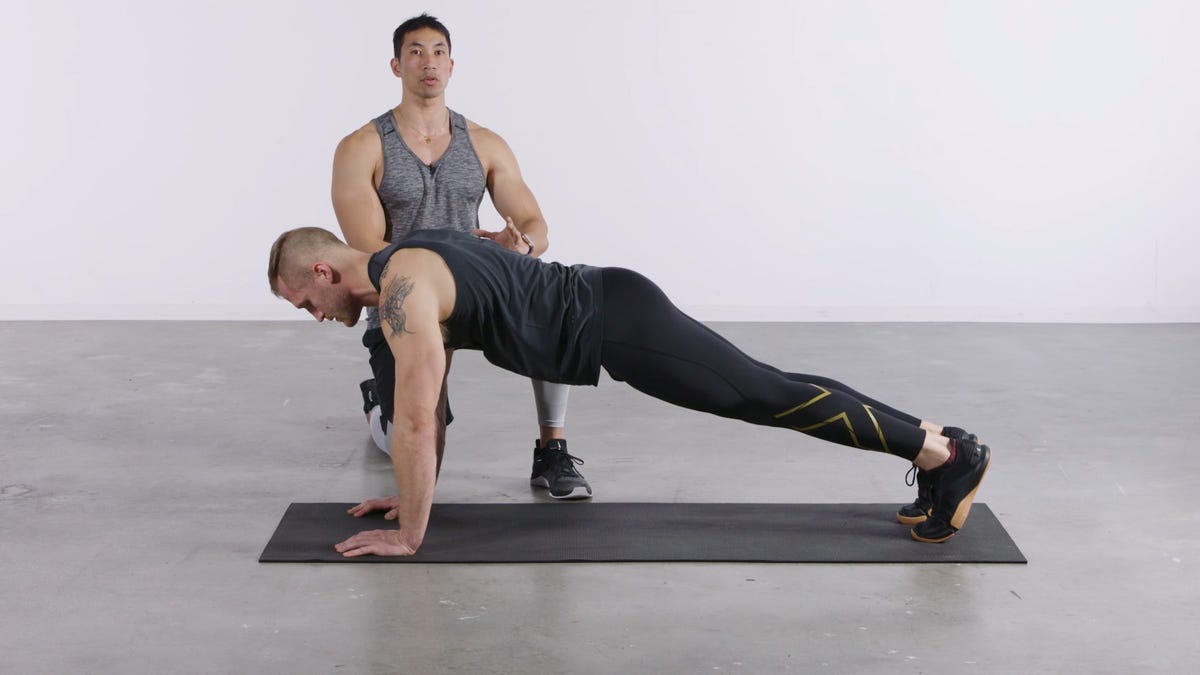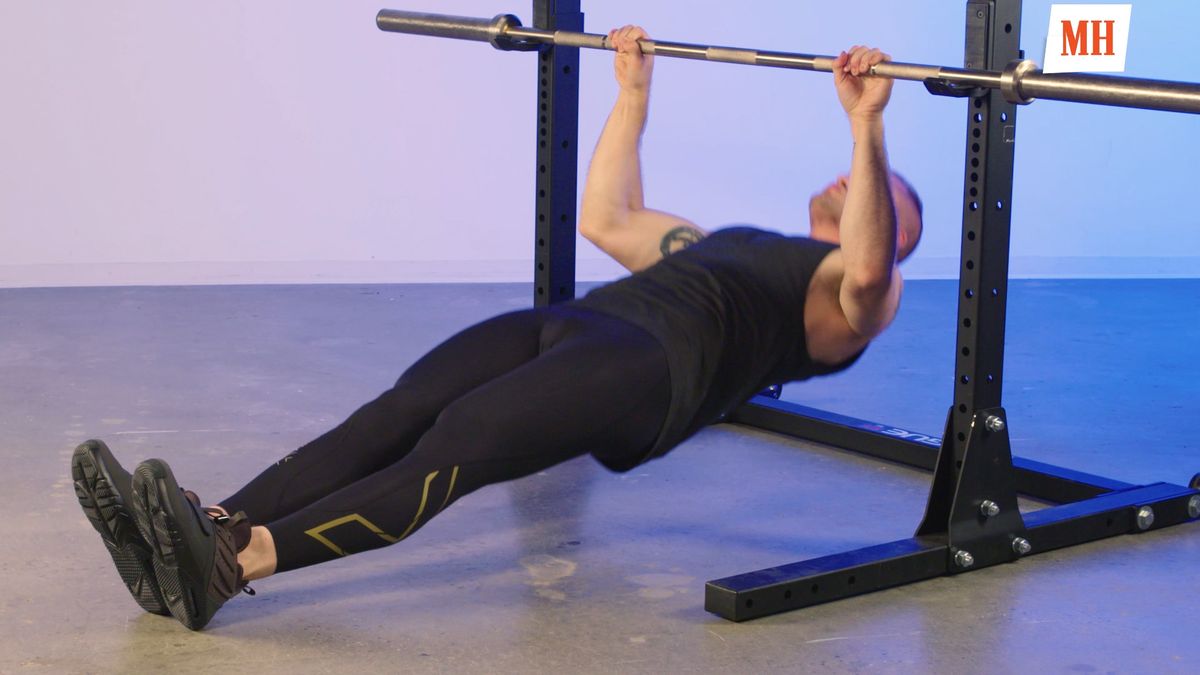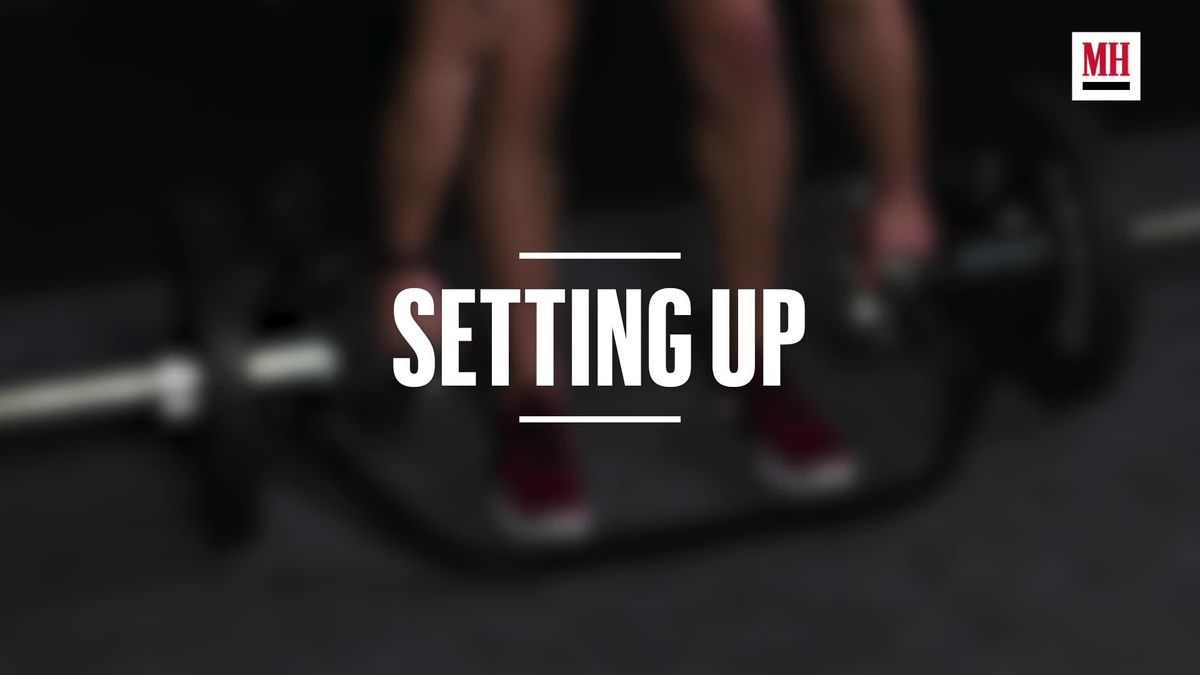Fitness
What Functional Strength Training Actually Means for Your Workouts

THERE ARE SO many reasons to exercise: aesthetics, athletic ability, even mental health. As you age, one motivation often distinguishes itself above others: functionality.
When you get older, your muscles begin to deteriorate, in a natural phenomenon called sarcopenia. This weakening of muscle tissue eventually make everyday movements more difficult. One way to stave off the ravages of time is through exercise—and that’s where functional strength training comes into play.
Functional strength training can help you keep you doing the things you love to do. It’s not just for older adults, either. Everyone can benefit from training in ways that reflect the types of activities they do in daily routines and honing common movement patterns. Here, we consulted the experts on what functional training is, and how to incorporate it into your own strength training routine.
What Is Functional Strength Training?
“Functional fitness is your capacity to be effectively involved in the activities that you choose to function in,” says JC Santana, functional fitness expert and founder of the Institute of Human Performance in Boca Raton, Florida. Those activities may differ from person to person. A professional athlete’s functional fitness might look quite different from a corporate worker’s functional fitness, for example. It all comes down to one simple principle, according to Santana: “Functional training trains movements, not muscles.”
Functional strength training involves resistance training with functional movement patterns. The tactic comes from the rule of specificity: The closer you train to the movement you’re trying to improve, the better you will become that that movement. If you want to run a marathon, for example, the first thing you’d likely do is start a running training plan. A strength workout that incorporates step ups and lunges would improve your speed and endurance, but the best thing to do to get better at running is, well, running.
“The body uses general movements to do many things. If you’re standing and you take a step forward to you tie your shoe, that’s a daily activity. But, you will use that same movement, although a little bit more intense, to get to a low volley in tennis, or if you’re playing shortstop and you’re getting to a low ground ball,” Santana says. “That’s the same position. So, these movements become exercises.”
4 Key Movements for Functional Training
To be functional, there are four key movements to train, Santana says.
Locomotion
The first is locomotion, or the ability to move the body efficiently to get point A to point B. So, that is your ability to walk, jog, or run. That all involves the ability to take steps, and stabilize the hips while weight is shifted onto one leg.
Level Change
The second is level changes. This involves being able to crouch down to pick something up off the ground, tie your shoe, or step up onto a box. Anything where you move your body to a different height, up or down, counts as a level change.
Upper Extremity Function
The third pillar involves everything your upper body does, including push and pull movements. Pulling a door open, reaching above your head, and throwing a ball are all elements of this functionality.
Rotation
Rounding out the bunch is rotation, or the twisting of the spine to turn in different directions. Checking your blindspot when driving, or pitching a baseball requires turning direction.
Every movement we do incorporates a least one (and sometimes several) of these pillars.
The Benefits of Functional Strength Training
Better Movement Patterns
Since you’re practicing the ways you typically use your body and adding resistance, you’ll move better once you take that resistance away. Your daily actions should become easier and feel better, whether you’re an athlete, a trade worker, or you’re desk-bound.
Improved Balanced and Coordination
Functional training prioritizes the strengthening of muscles that help stabilize our joints, which improves balance and helps coordination.
Injury Prevention
One key byproduct of some functional strength training is improved balance and coordination—which means you’ll reduce your risk of injury. Accidents such as falls are less likely to happen, and improved joint stability means less chance of twisting a knee or turning an ankle.
Improve Mobility
“We can’t improve function without improving everything that is important to function,” Santana says. “Mobility is the ability to control movement. So, your mobility and your flexibility is built into the training.”
Builds Muscle
Muscle is built by placing the fibers under tension so they’ll adapt to handle greater stress. The more you ramp up that stimulus, either through intensity or duration, the more muscle you will build.
“All the structures that you put stresses on, whether it’s muscle, ligament, tendon or bone, are enhanced [with functional training],” Santana says.
5 Exercises to Boost Your Functional Strength Training
Functional strength training will look different for everyone, depending on your goals and lifestyle. An athlete’s high level workout will be much more technical than a grandfather who is training to keep up with his grandkids.
Check out these exercises that can serve as the start of a movement-focused routine. Santana notes that these aren’t high-level functional strength training exercises, but are considered foundational and can help to improve function for a wide range of people.
Plank
How to Do It:
- Get down on the ground. Stack your elbows directly beneath your shoulders and extend your legs. Rest your weight on your elbows and your toes.
- Squeeze your shoulder blades, abs, and core to create full-body tension. Think about pulling your belly button into your spine.
- Contract your low back, lats, and rhomboids. Your back should form a straight line; don’t let your pelvis dip down or your butt to rise up.
- Face your gaze face down, which keeps your neck in a neutral position.
Sets and Reps: Aim for 4 sets of 30 second to minute hold.
Pushup
How to Do It:
- Start in a high plank position, with your palms flat on the floor, stacked directly below your shoulders.
- Squeeze your shoulders, abs, and glutes to create full-body tension. Your spine should form a straight line, with a neutral spine.
- Bend your elbows to descend to the floor, stopping with your chest just above the ground. Your elbows should be at a 45 degree angle relative to the torso.
- Press back up off the floor, raising up to the top position with your elbows fully extended.
Sets and Reps: Aim for 3 to 4 sets of 12 to 15 reps.
Hollow Hold
How to Do It:
- Start lying down on your back. Drive your lower back into the floor by flexing your abs, eliminating any space between yourself and the floor.
- Lift your feet about two inches off the floor. Continue squeezing your abs to drive your lower back into the ground.
- Lift your shoulder blades off the floor and extend your arms back behind you. Contract your abs to hold your rib cage in.
- Hold this position, continuing to squeeze your abs and glutes. :Follow along for some higher-level tips from Samuel to dive deeper into the exercise.
Sets and Reps: Aim for 3 to 4 sets of 45 second to minute-long holds.
Inverted Row
How to Do It:
- Start with a bar placed in a rack or Smith machine, lying on your back underneath. Adjust the bar to a height just above your reach with your arms extended.
- Reach up and grab the bar with an overhand grip, with your hands just wider than shoulder-width apart. Put your feet together, forming a straight line from your feet to your shoulders. Pull yourself up off the floor, squeezing your shoulder blades, abs, and glutes to create full body tension.
- Pull yourself up, imagining that you’re pulling the bar down to your chest. Pause for a count at the top of the movement.
- Lower yourself back down under control.
Sets and Reps: Aim for 3 sets of 8 to 10 reps.
Trap Bar Deadlift
How to Do It:
- Step up to the bar, starting with your feet about shoulder-width apart, with your feet within the bar.
- Push your butt back and hinge at the waist to bend down to grab the bar on either side of your legs. Grasp it in both hands using a neutral grip.
- Make sure your hips are lower than your shoulders. Squeeze your shoulder blades together to set your lats, then engage your core. Keep your neck in a neutral position; don’t look up.
- Push your feet through the floor and pull the weight up. Squeeze your glutes at the top of the lift, but don’t lean back.
Sets and Reps: Aim for 3 to 4 sets of 6 to 8 reps














